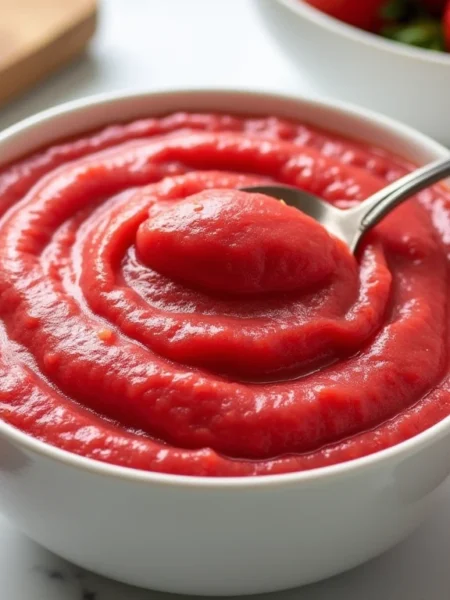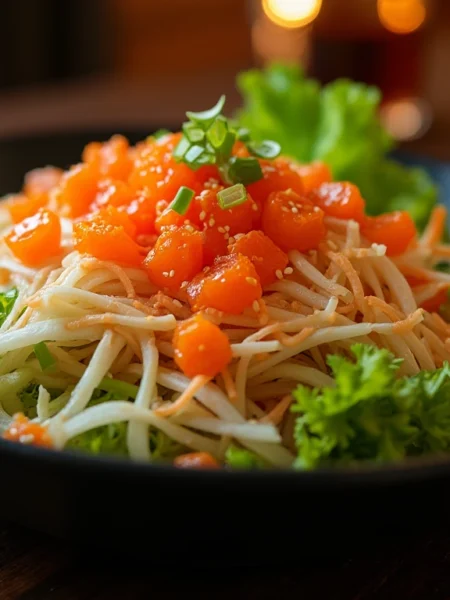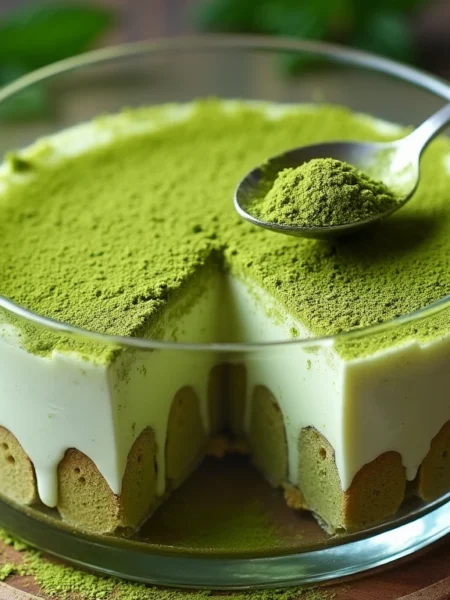Ikura Magic: Savor the Burst of Ocean Freshness🟠🐟
 View Gallery 2 photos
View Gallery 2 photos 
Ikura Magic: Savor the Burst of Ocean Freshness🟠🐟
Description
Ikura Bliss: Indulge in the Finest Salmon Roe

What Is Ikura and Its Historical Origin?
Ikura (イクラ) is a term used in Japanese cuisine to refer to salmon roe, known for its bright orange color and burst-in-your-mouth texture. The word "ikura" actually originates from the Russian word "икра" (ikra), which means "fish roe" or "caviar." This reflects the deep historical connections between Russian and Japanese seafood traditions, especially in regions like Hokkaido, where both cultures have influenced each other.
Historically, salmon eggs have been consumed for centuries, particularly in northern Japan and Russia. Indigenous Ainu people of Hokkaido, as well as Russian coastal communities, traditionally harvested and preserved salmon roe as a nutritious and highly valued food source. Over time, ikura became an integral part of Japanese cuisine, finding its way into sushi, rice bowls, and other seafood delicacies.
The popularity of ikura grew significantly in the 20th century, as Japan's sushi culture expanded worldwide. Today, it is widely consumed not only in Japan but also in upscale restaurants across the globe.
Is Ikura a Type of Caviar?
Although ikura is sometimes referred to as "Japanese caviar," it is not the same as traditional caviar. Caviar specifically refers to the salted eggs of sturgeon fish, which are harvested primarily in Russia and Iran. Unlike sturgeon caviar, which tends to be black or dark gray, ikura has a bright reddish-orange hue.
Key Differences Between Ikura and Caviar
| Feature | Ikura (Salmon Roe) | Caviar (Sturgeon Roe) |
|---|---|---|
| Source | Salmon | Sturgeon |
| Color | Orange/Red | Black/Grey |
| Size | Large, round | Smaller, firmer |
| Taste | Mildly sweet, briny | Rich, buttery, more intense |
| Price | More affordable | Highly expensive |
While ikura and caviar share a similar concept—salted fish roe—they differ in texture, flavor, and culinary applications. Ikura is often used in sushi and rice dishes, while caviar is typically enjoyed on blinis, crackers, or with champagne.
Are Ikura Salmon Eggs?
Yes, ikura is the Japanese name for salmon eggs. Unlike tobiko (flying fish roe) or masago (capelin roe), which are much smaller, ikura consists of large, glossy eggs that burst with flavor when eaten. These eggs come from different species of salmon, including:
- Chum Salmon (Oncorhynchus keta): Most commonly used for ikura due to its firm texture and mild taste.
- Sockeye Salmon (Oncorhynchus nerka): Known for its deep red color and slightly stronger flavor.
- King Salmon (Oncorhynchus tshawytscha): Rarely used but offers a buttery taste.
The quality of ikura depends on how it is processed. Traditionally, fresh ikura is marinated in soy sauce (shoyu) or lightly salted to enhance its umami flavor. Unlike caviar, which is heavily salted for preservation, ikura is often eaten fresh or lightly cured.
What Does Ikura Taste Like, and What’s Special About It?
The Taste of Ikura
Ikura has a delicate yet rich flavor that combines sweetness, saltiness, and umami. When eaten, the eggs pop in the mouth, releasing a briny yet slightly sweet liquid that pairs beautifully with other seafood or rice.
What Makes Ikura Special?
- Bursting Texture: The signature characteristic of ikura is its "pop" when bitten into, creating a satisfying texture.
- Umami Flavor: It carries a mild sweetness balanced by a salty, oceanic taste that enhances sushi and other dishes.
- Nutritional Value: Ikura is rich in omega-3 fatty acids, protein, and vitamins, making it a highly nutritious seafood choice.
- Luxury Appeal: While more affordable than caviar, high-quality ikura is considered a delicacy in Japanese cuisine.
- Culinary Versatility: Ikura can be served in sushi, rice bowls, pasta, or even with simple crackers.
The unique texture and flavor of ikura make it stand out among other fish roes, offering a luxurious and satisfying seafood experience.
The Health Benefits of Ikura
Ikura, the Japanese term for salmon roe, is not only a culinary delicacy but also a nutritional powerhouse. Incorporating ikura into your diet can offer numerous health benefits:
1. Rich Source of Omega-3 Fatty Acids
Ikura is abundant in omega-3 fatty acids, particularly EPA and DHA, which are essential for heart health. These fatty acids help reduce inflammation, lower blood pressure, and decrease the risk of heart disease.globalseafoods.com
2. High in Essential Vitamins
Salmon roe is packed with vitamins A, B12, and D. Vitamin A supports vision and immune function, B12 is crucial for nerve health and red blood cell formation, and vitamin D aids in calcium absorption and bone health.doctorkiltz.com
3. Excellent Protein Source
Ikura provides a high-quality source of protein, essential for muscle repair and growth. Including ikura in your meals can help meet your daily protein requirements.afishcompany.com
4. Contains Antioxidants
The vibrant color of ikura comes from astaxanthin, a potent antioxidant. Astaxanthin helps combat oxidative stress and may contribute to skin health and anti-aging.afishcompany.com
5. Supports Brain Health
The omega-3 fatty acids in ikura are beneficial for brain function, potentially improving cognitive performance and reducing the risk of neurodegenerative diseases.doctorkiltz.com
6. Promotes Eye Health
The combination of omega-3s and vitamin A in ikura supports eye health, potentially reducing the risk of age-related macular degeneration and dry eye syndrome.doctorkiltz.com
7. Enhances Immune Function
Nutrients in ikura, such as vitamins A and D, play a role in strengthening the immune system, helping the body fend off illnesses and infections.doctorkiltz.com
Incorporating ikura into your diet not only adds a burst of flavor to your meals but also provides a range of health benefits that support overall well-being.
Famous Recipes for Ikura
1. Ikura Sushi (Ikura Nigiri)
A classic way to enjoy ikura is in gunkan-maki sushi, where the salmon roe is wrapped in a strip of nori (seaweed) and placed atop a small bed of sushi rice. The nori holds the eggs in place, making it easy to eat while enhancing the umami flavors.
2. Ikura Don (Salmon Roe Rice Bowl)
A simple yet luxurious dish where fresh ikura is generously placed over a warm bed of rice, often garnished with shiso leaves, nori, or a touch of wasabi. It’s a favorite in Japanese seafood restaurants.
3. Ikura Pasta
Ikura can be used as a topping for creamy pasta dishes, adding a pop of flavor and a luxurious seafood touch. A common variation is Mentaiko Ikura Pasta, which combines cod roe (mentaiko) with ikura for a rich, briny taste.
4. Ikura Chawanmushi (Japanese Steamed Egg Custard)
Chawanmushi is a silky egg custard dish, and adding ikura as a garnish provides an elegant contrast of textures and flavors.
5. Ikura on Toast or Crackers
For a Western twist, ikura can be served on buttered toast or crackers with a drizzle of olive oil or a hint of lemon juice. This simple yet sophisticated appetizer works well with champagne or white wine.
Conclusion
Ikura, or salmon roe, is a beloved delicacy in Japanese cuisine with deep historical roots and a luxurious reputation. While often compared to caviar, ikura has its own unique qualities, including its vibrant color, bursting texture, and rich umami flavor. Its versatility in sushi, rice bowls, pasta, and even appetizers makes it a staple in gourmet seafood dishes.
Whether you're a sushi lover or simply looking to explore premium seafood, ikura offers an unforgettable culinary experience. If you haven't tried it yet, consider indulging in this exquisite delicacy in your next meal!
FAQs About Ikura
1. Is ikura healthy?
Yes! Ikura is packed with omega-3 fatty acids, protein, and essential vitamins like B12 and D, making it a nutritious choice.
2. How is ikura stored?
Ikura should be kept in the refrigerator and consumed within a few days. For longer storage, it can be frozen and thawed before use.
3. Can ikura be eaten raw?
Yes, ikura is typically eaten raw, either on its own or as a topping for sushi and rice dishes.
4. Why is ikura expensive?
Ikura is considered a delicacy due to its harvesting process, limited availability, and premium quality, making it more expensive than common seafood items.
5. What is the best way to serve ikura?
Ikura is best enjoyed fresh, either as sushi, in rice bowls, or as a garnish for various dishes to enhance their flavor and texture.
Please don’t forget to leave a review.
Related

Note
Handpicked Recipes
















